Design Strategy
Co-creation: More Than Just A Buzzword
May 10, 2018 - Design Strategy
In the first of our series on co-creation, we explored in theory why co-creation is the most effective way to foster innovative thinking and design.
In this post we focus on the practical application of co-creation. We examine some of the forms it has taken in companies that have realised its synergetic potential:
1. BUSINESS AND BUSINESS
Apple and Microsoft

Approach: Co-creation for improved efficacy and utility.
Method: Despite the differences and tumultuous past that exist between these two giants of the computer industry, Apple and Microsoft have been able to put the customer first in many instances and join forces to create products like Office for Mac users and iTunes for Windows users.
Value added: Users get the best of both worlds, without having to give up their favourite software on whichever platform they prefer. Choice and decision are thus left in the hands of the consumer, making this a great example of co-creation, even in the midst of intense rivalry.
2. BUSINESS AND CUSTOMER
Nike ID
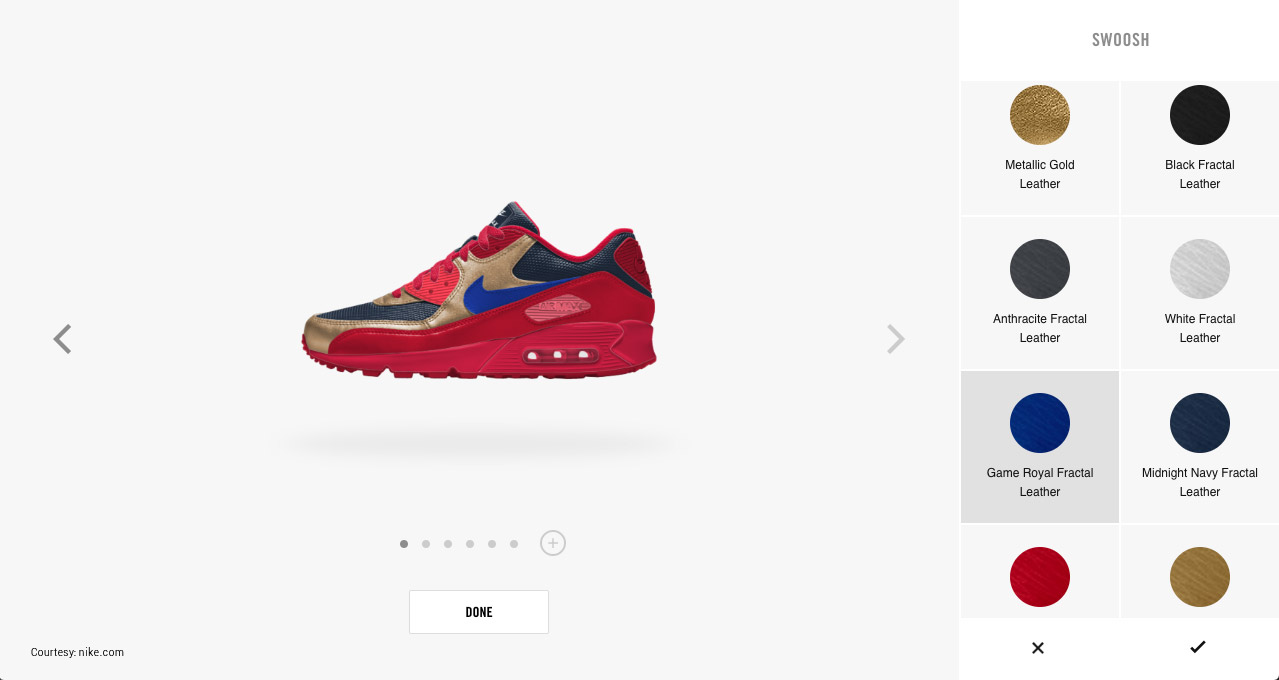
Approach: Co-creation for personalisation.
Method: Nike ID is a feature that allows online shoppers to completely customise their pair of Nikes, from the style of the strap, right down to the colour of the lining inside the shoe. It even allows for personalised lettering (a name or word, for example) to be added on the shoe. Before making the final decision to purchase, the customer has the option to share the creation on social media for further inputs.
Value added: In an age where self-expression, customised products and the desire to stand out in a crowd are highly valued commodities, Nike has developed a platform to address those needs by putting a part of the product design process in the hands of the customer.
3. BUSINESS AND SERVICE PROVIDER
Ola Auto
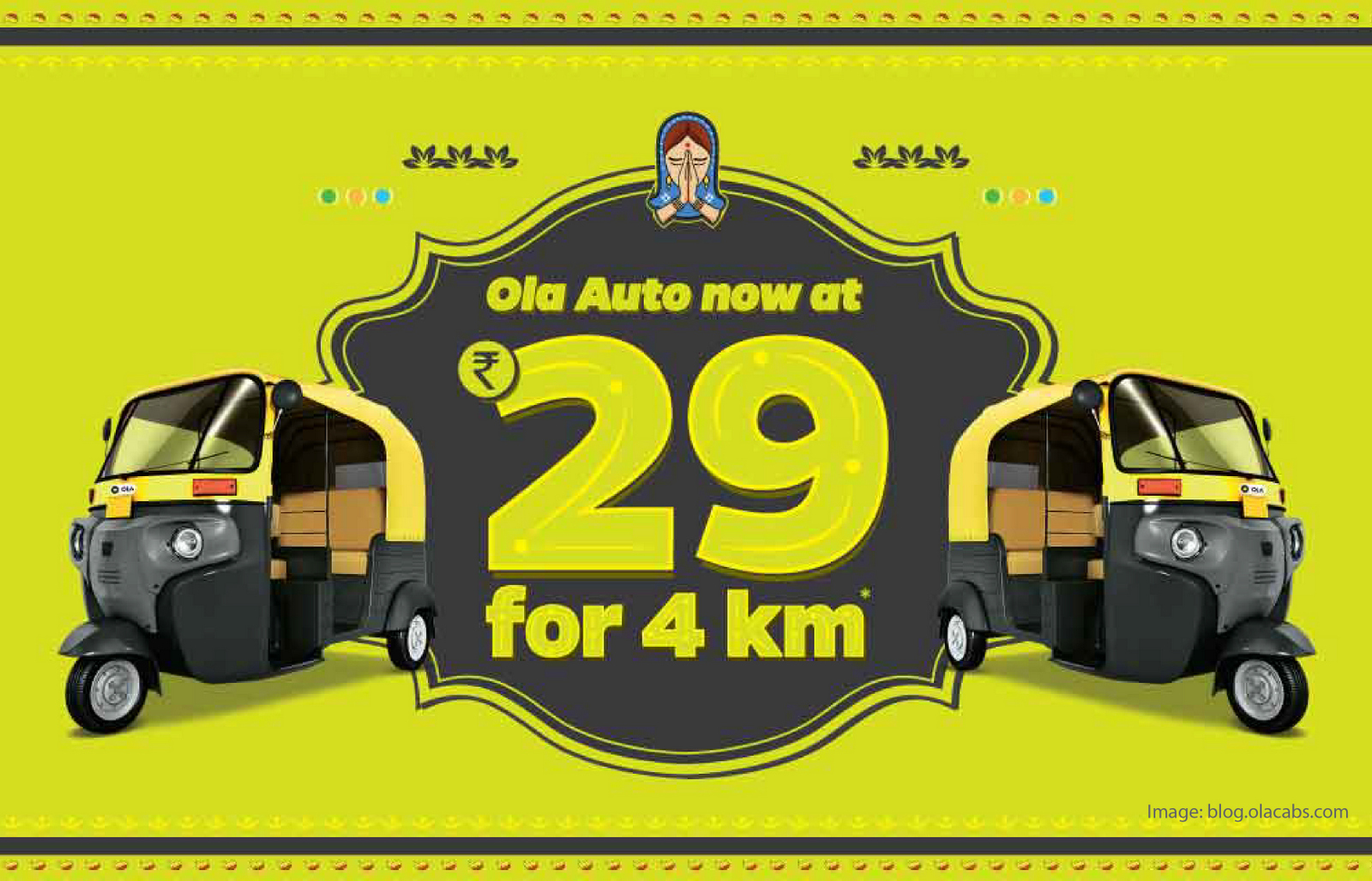
Approach: Co-creation to organise markets.
Method: Ola has partnered with auto rickshaw drivers in some Indian cities to allow customers to book autos using the same Ola app that they use to book cabs.
Value added: The convenience of booking an auto ride without having to physically scour the area or haggle is a huge benefit to commuters. Once a driver has indicated his willingness to take up the journey via the app, the customer is intimated and picked up from his doorstep. Rides can also be tracked on the app and location details shared with others, improving the safety of the user.
4. BUSINESS AND INDIVIDUAL ENTREPRENEURS
Airbnb
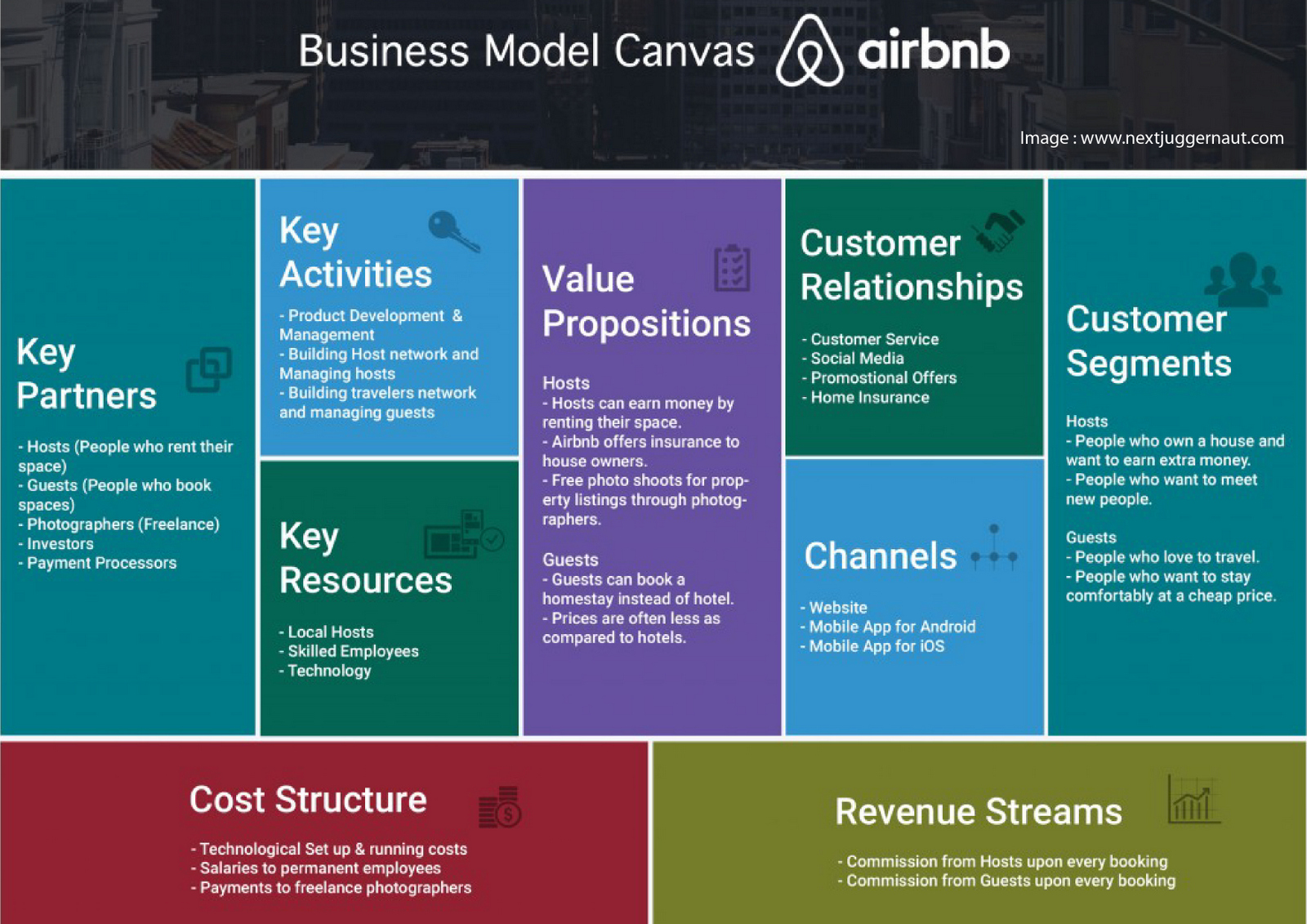
Approach: Co-creation to empower individuals.
Method: In the case of AirBnB, multiple partners work together to co-create a unique product for the end user:
– AirBnB provides a platform for hosts to display their properties and prospective guests to view the same.
– AirBnB pays freelance photographers around the world to provide high quality photos of the properties, to aid in the guests’ decision making.
– Payment processors enable the financial transactions involved.
Value added: The unique experience of staying at a local home and enjoying the local culture at prices that are, more often than not, lower than those of hotels.
5. BUSINESS AND RESEARCHER
Apsara Drone
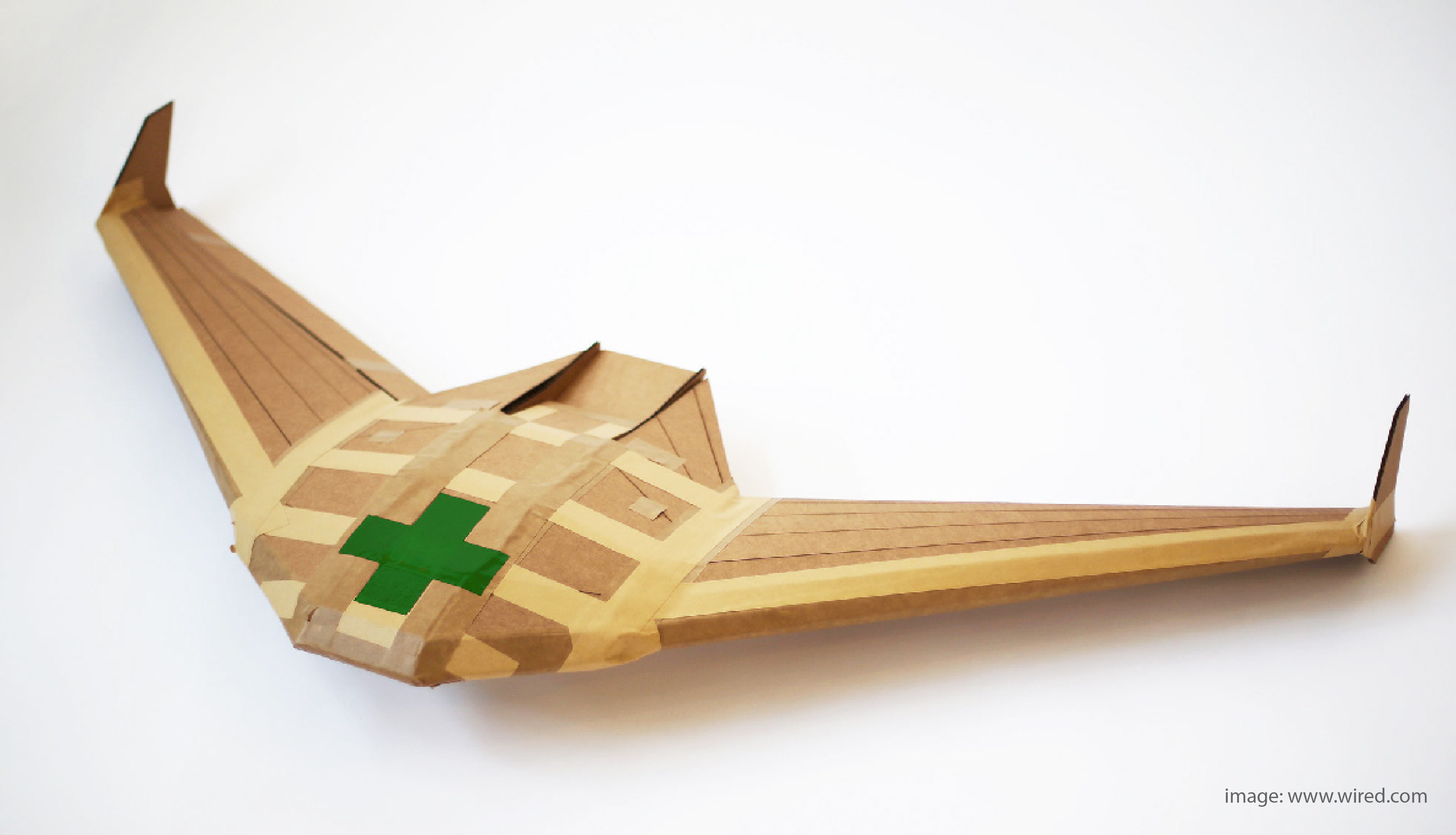
Approach: Co-creation for social impact.
Method: Start-up firm Otherlab, in collaboration with and funded by The Defense Advanced Research Projects Agency (DARPA), is working on designing an entirely biodegradable lightweight drone, using transient electronics and material made out of a mushroom based substance.
Value added: The drone has the potential to effect large-scale social impact. It could be used to deliver food and medicine to disaster hit and war torn areas and then self-destruct, with minimal damage to the environment.
These are just a few examples to illustrate that co-creation can take many forms and isn’t restrictive in nature. It requires that the needs of the end user always be the focus and it requires an open mind, perhaps best summed up by Tim Cook…
“Apple and Microsoft still compete, but we can partner on more things than we compete on.
And that’s what customers want.”
– Tim Cook, at the BoxWorks Conference, 2015.
Have you come across any great examples of co-creation? Share them with us in the comments section below.

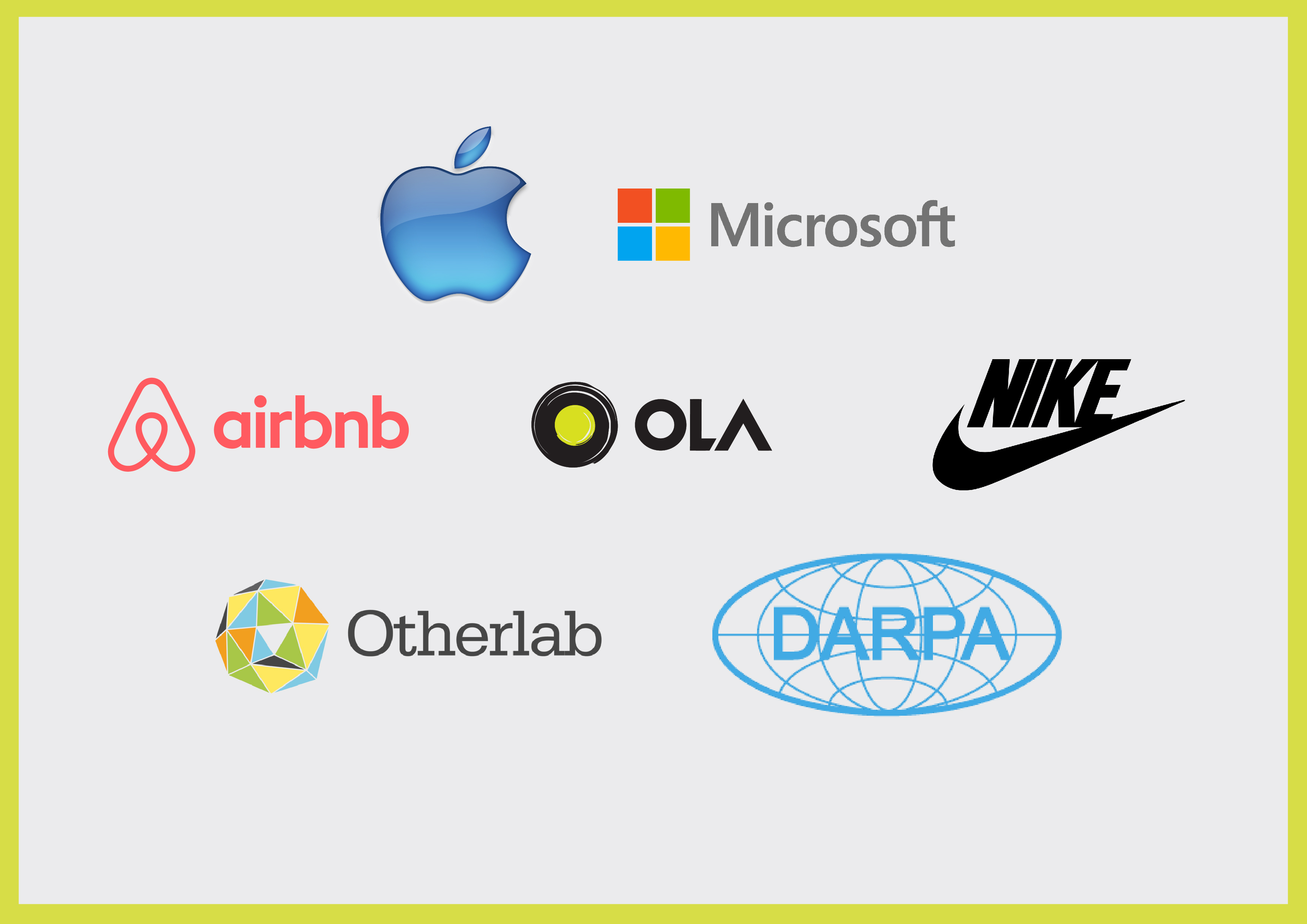













Trackbacks for this post